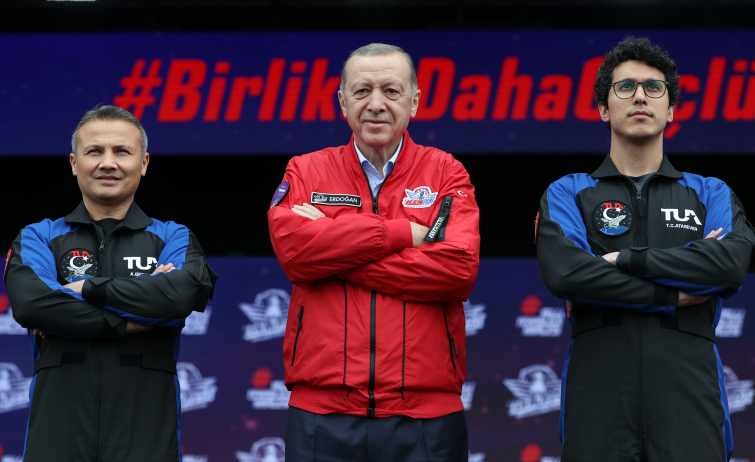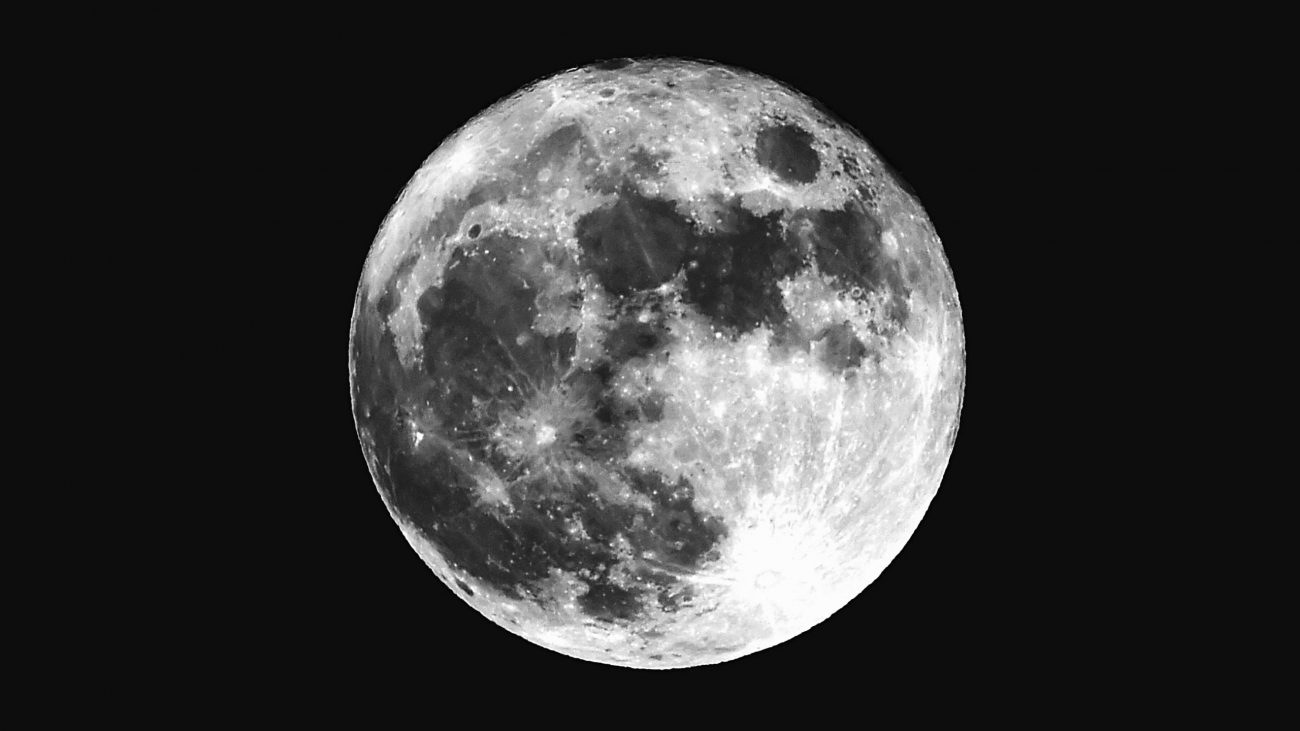Turkey is poised to enter the competitive arena of lunar exploration, with the Minister of Industry and Technology, Fatih Kajir, unveiling the nation’s ambitious plans to deploy unmanned spacecraft to the moon twice within the next ten years.
Minister Kajir said that Turkey has progressed to the production stage of a spacecraft developed using its local capabilities. The ambitious goal involves executing two unmanned lunar missions within the next ten years, with an initial hard landing on the Moon, as outlined by the minister.
The Minister referred to a Turkish astronaut’s upcoming January 18 flight to the International Space Station (ISS) as the inaugural phase of Turkey’s broader national lunar program implementation.
In 2021, Turkish President Recep Tayyip Erdogan formally launched a comprehensive national space program, which outlined objectives such as astronaut training and the independent launch of a rocket to the Moon.
The estimated costs for this ambitious venture are projected to reach approximately US$6 billion. Turkey’s foray into lunar exploration reflects a sincere effort to advance its space capabilities on the international stage.
The lunar program sets out to establish Turkey as one of the few nations with a presence on the moon. The Lunar Research Program (AYAP) is designed to unfold in two key phases to achieve this ambitious goal.

In its first phase, AYAP aims to conduct lunar exploration from orbit and establish initial contact with the lunar surface. Subsequently, the program’s second phase endeavors to deploy a rover onto the lunar surface through a soft landing approach.
Under the umbrella of AYAP’s first phase, mission operations will involve the development of a spacecraft capable of reaching lunar orbit from Earth. The spacecraft will gather data from lunar orbit and communicate with the lunar surface.
Furthermore, the success of technologies, products, software, and equipment developed with national resources is anticipated to enhance Turkey’s international standing in system development and its capability to execute complex mission operations.
The country is developing a spacecraft designed to operate in lunar orbit, approximately 400,000 kilometers (about 249,000 miles) from Earth, engineered for a soft landing.
Moon Attracts Growing Exploration Activity
In recent years, the moon has become a focal point of global interest as countries vie to showcase their technological capabilities and contribute to humanity’s understanding of our closest celestial neighbor.
For instance, India marked a significant achievement in lunar exploration when its Chandrayaan-3 lunar lander successfully touched down on the moon’s surface on August 23, 2023.
This accomplishment made India the fourth nation to achieve a successful lunar landing and the first to do so in the South Pole region.
However, attempts by private companies from Israel and Japan to land spacecraft on the moon have faced challenges and setbacks.
The UAE also ventured into lunar exploration by dispatching its Rashid Rover on board Japan’s Hakuto-R M1 lander. Unfortunately, the mission faced an untimely end when the lander crashed, failing the overall mission.
Similarly, last year, Russia, aiming to assert its presence in the global space race, experienced a setback with its Luna-25 spacecraft, which spun out of control and crashed into the moon in a failed mission.
In contrast, China has made strides in lunar exploration, landing on the moon in 2019 and 2020. With plans to send astronauts by 2030, China has also entered into a cooperation agreement with Russia for the joint construction of the International Lunar Research Station (ILRS) project.
Through its Artemis program, NASA is actively pursuing its lunar campaign, aiming to establish infrastructure on and around the moon for long-term exploration.
The US space agency is planning the construction of a lunar space station known as Gateway, intended to serve as a crucial docking point for spacecraft during missions.
This surge of lunar exploration activities has sparked a global moon race reminiscent of the Cold War rivalry between the United States and the Soviet Union, albeit with a different scope, purpose, and numerous competitors.

The focal point of current lunar exploration efforts is directed towards the moon’s south pole, where permanently shadowed craters house water in the form of ice. Accessing this ice is paramount for prospective human settlements, as it is vital in sustaining life.
Additionally, the components of this lunar ice, hydrogen, and oxygen, hold significance as they can be utilized as rocket fuel.
This unique lunar resource positions the moon as a potential space gas station, offering a critical refueling point for spacecraft and serving as a strategic launching pad for extended exploration missions within our solar system.
- Contact the author at ashishmichel(at)gmail.com
- Follow EurAsian Times on Google News




